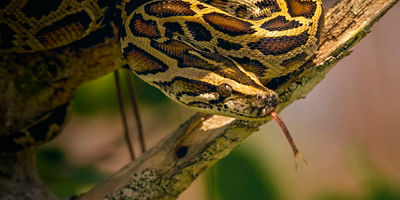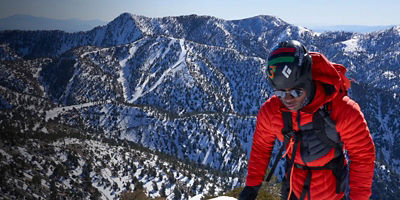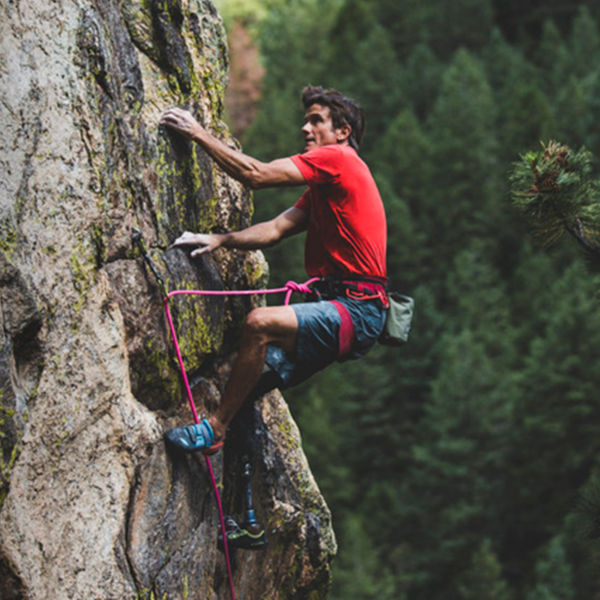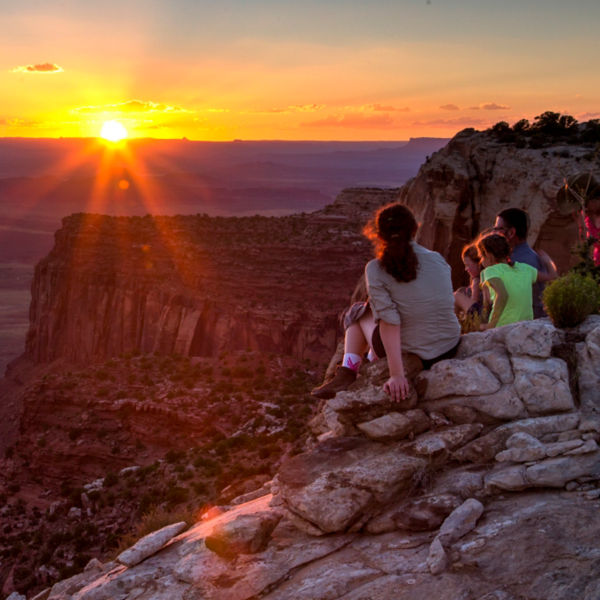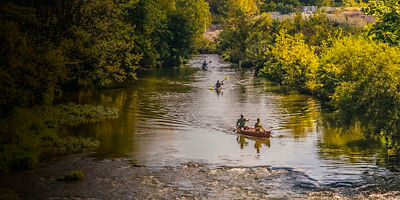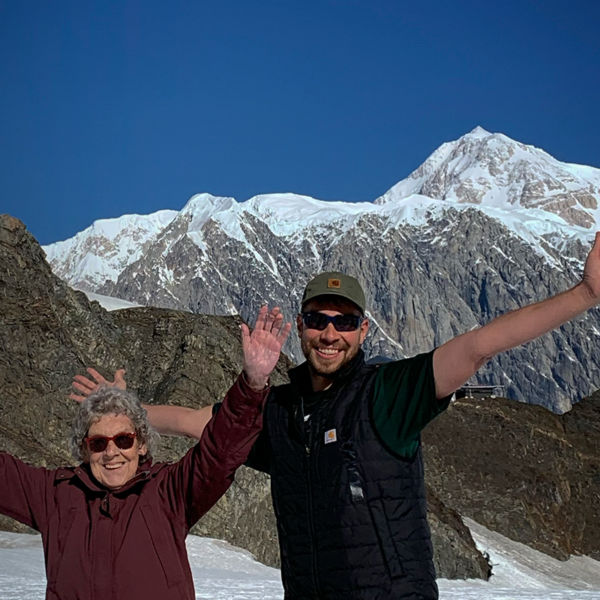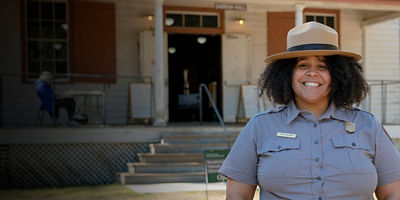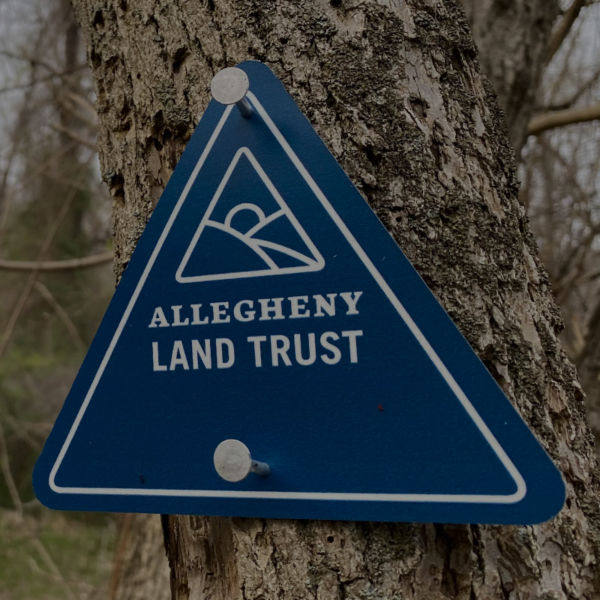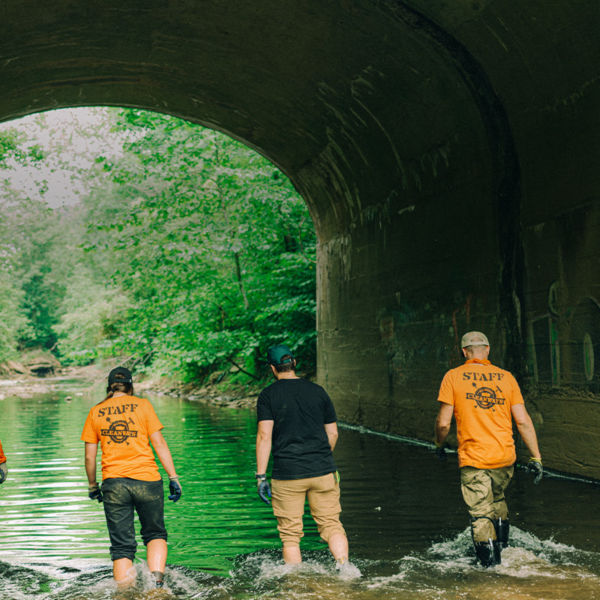
By Cyrus Norcross
As pandemic travel restrictions ease, outdoor explorers, scientists and Native Americans are all visiting Bears Ears National Monument much more frequently. The reasons for the visitation uptick start with world-class recreation opportunities that abound: from hiking, camping, fishing and hunting, to whitewater rafting and paddling. But that’s only the start, as the cultural draws stack up quickly: over 100,000 archaeological and fossilized dinosaur sites to survey; endless wildlife to observe, including 18 animals on the endangered species list; plus a wealth of plants to study, used medicinally for centuries by Native American tribes.
It might seem obvious to preserve and protect an area that five of those tribes declare sacred. However, Bears Ears has been nothing but controversial due to its “low to moderate energy and mineral development potential,” notably for uranium/vanadium. Eleven months after President Barack Obama’s 2016 designation of Bears Ears as a national monument, President Donald Trump reduced it by 85 percent—despite the surveyed area’s total lack of coal, minimal renewable energy resources, and low potential (to only moderate in two small areas) for oil and gas. The reduction triggered concerns for archaeological sites being looted, new roads and mining sites disrupting the ecosystem, all with unintentional consequences on the area’s biodiversity.
The Bears Ears Inter-Tribal Coalition (BEITC) responded. Founded in 2015 by five tribes—Navajo, Hopi, Ute Mountain Tribe, Ute Tribe and Zuni—the BEITC has worked tirelessly to preserve Bears Ears. In October 2021, as a testament to its efforts, President Joe Biden redesignated the monument’s initial boundary of 1.3 million acres and added 11,200 acres. And though the original boundaries were reinstated, the work is far from over. Beyond continuing land protection and advocacy efforts, the BEITC strives to educate all on the lasting benefits of a preserved Bears Ears.
On a recent trip with the Public Lands Fund* and the Conservation Lands Foundation (CLF), the BEITC provided a critical spotlight of what all is at stake for this one-of-a-kind monument worth any adventurer’s attention and respectful appreciation. On a personal level, as a lifelong resident of the bordering Navajo Nation, I can attest to having overlooked this rich area. Over three full days, I enjoyed all that Bears Ears has to offer with people who laid eyes on the landscape for the first time. I took away seven reasons why this wild, protected and public land in Southeast Utah matters now more than ever.
An Outdoor Adventurer’s Wonderland
Anyone who loves playing outdoors will feel Bears Ears breathing, whether it’s on a hike, hunt, or on the river with paddle or rod in hand. Hikers have a rare opportunity to walk through prehistoric cliff dwellings, gaze up at rock art or down at ancient dinosaur footprints. The friendly and staggeringly scenic San Juan River welcomes all paddlers (perfect for rafts, kayaks, SUPs and canoes alike) wanting to experience the sound of splashes echo off limestone walls or the sight of a great blue heron swallowing a fish whole. Bears Ears campers see the same enveloping night sky as the area’s original Ancestral Puebloan inhabitants. Anglers can trace the San Juan for a chance to nab a legendary channel catfish while hunters have nearly year-round options to harvest black bears, cougars, mule deer, wild turkey and bighorn sheep. As we floated through the stunning geology of the river canyons, I reveled in moments on shore, being swallowed in the mud, seeing wild burros traipse by in their natural habitat: I couldn’t help but think how future generations deserve these unequaled experiences.
Countless Cultural Treasures
About those 100,000 archaeological sites: They date back 14,000 years. Beyond their sacred status among the five tribes, they present a rich resource for anthropologists. The Upper Sand Island Petroglyph Panel features a mammoth rendering that dates to the Paleoindian Period, 9,000 to 13,000 years ago, debated by scientists as the oldest rock art in America. Just off the San Juan River, paddlers and hikers can soak in the Big Kachina Panel petroglyphs that date back to 1000 years old. Just downriver from the long panel, you can tread lightly into multiple rooms of the Ancestral Puebloan dwelling named the River House, dating back to the 1200s though preserved and stabilized to prevent further structural erosion. Walking through Bears Ears, one can encounter remains of old hogans (traditional Navajo home), sweat lodges, and tipi poles. To untrained eyes, these piles of logs may look like firewood. To an expert, there’s a hidden story; this is the value of a good guide.
During one of our hikes, our guide stopped to flip over a rock, revealing a corn grinding stone. After informing us of its cultural significance, he flipped it back over, its ordinary-looking nature perhaps preventing it from being stolen, though laws are still the biggest deterrent. CLF’s partners on ground here let me know that since the reinstatement of the monument boundaries, once-common cases of looting and destroying archaeological sites have decreased significantly. And the sites add up, mesa tops expose evidence of villages, shrines, and ancient roads—all within the borders of Bears Ear and therefore now protected by law.









